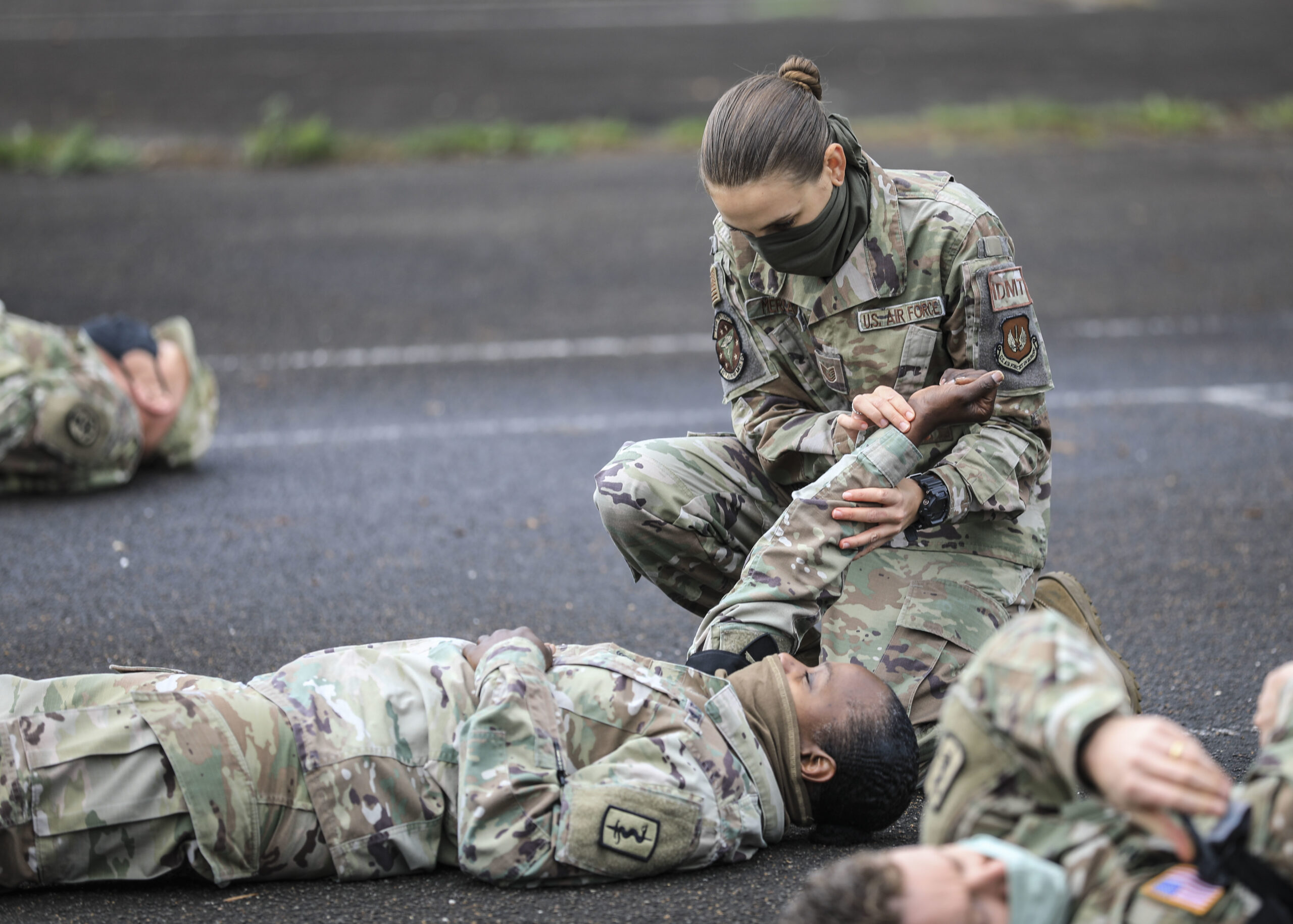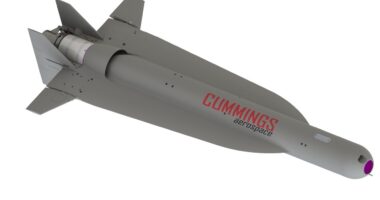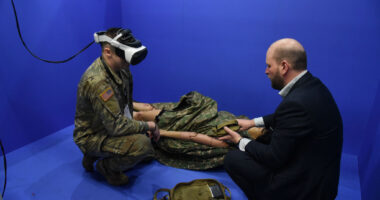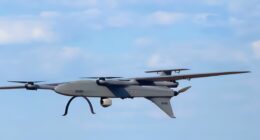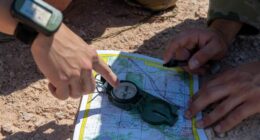The US Army is teaming up with researchers in Hawaii to explore how 3D-printed skin and other lab-grown tissues could treat troops with chemical, biological, and burn-related injuries.
The work is part of a new collaboration with the University of Hawaii aimed at taking bioprinting tech out of the lab and into the field, potentially offering life-saving tools in some of the world’s most remote and high-risk zones.
Under the agreement, researchers are developing organ-on-a-chip systems and bioprinted tissue models, such as layers of human skin, to better understand how the body responds to chem-bio exposure.
These models could one day help fast-track treatments for injuries caused by burns, poisonous gases, or drug-resistant bacteria on the battlefield.
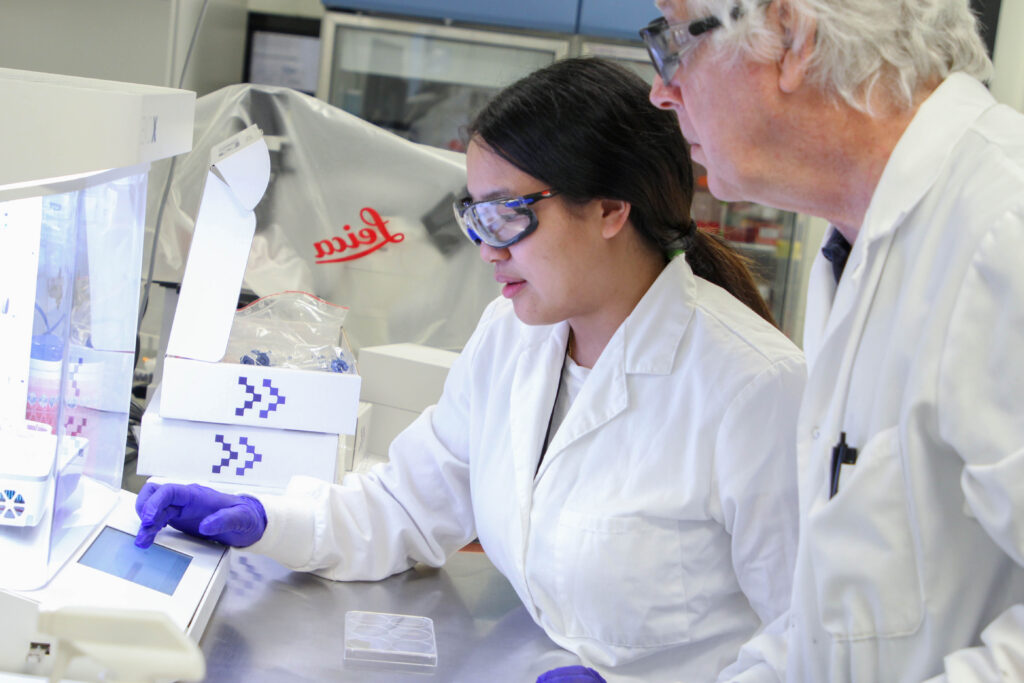
“We are incredibly proud … with these efforts that have the potential to save the lives of our frontline soldiers and civilians across the world,” said Sam Shomaker, dean of the John A. Burns School of Medicine (JABSOM) at the University of Hawaii.
Starting in the Indo-Pacific
The partnership is kicking off in Hawaii, where the university’s proximity to US Indo-Pacific Command (USINDOPACOM) positions it as a key player in regional defense innovation.
Under a broader research and development agreement, the team plans to deploy bioprinters and other manufacturing tools in austere environments across the Indo-Pacific.
The aim? To create remote, pop-up labs that can produce custom medical solutions on demand, boosting readiness in areas far from traditional support hubs.
The second phase of the agreement will also explore how advanced manufacturing can support supply chain resilience and faster repair capabilities across the region, adding a strategic edge to the army’s growing tech portfolio.
“By helping to introduce innovative biofabrication technology to even more remote areas, JABSOM is assisting in the mission across the Pacific and globally,” Shomaker added.
